
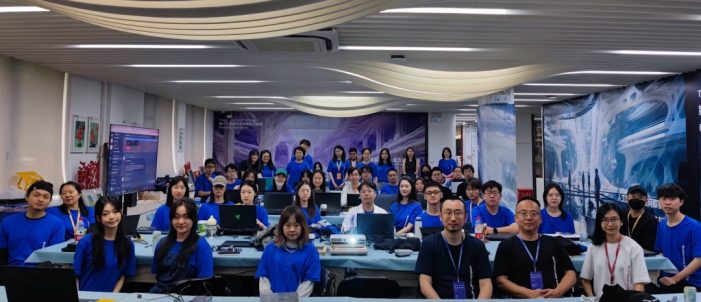
In Tongji University's College of Architecture and Urban Planning (CAUP), within a lab filled with a strong sense of technology, students' exclamations of amazement can often be heard. It's the cutting-edge technology and innovative ideas in this treasure trove of a classroom. Entering the lab, a giant toy mechanical arm catches the eye, moving up and down under students' commands, splashing ink and painting masterpieces.
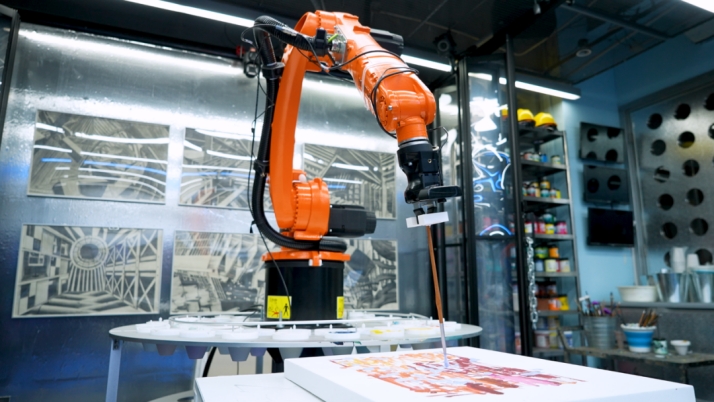
As the name suggests, the Artistic Modeling course aims to cultivate students' innovative imagination, focusing on sketching. It is divided into two stages: modeling foundation and creative foundation. The modeling foundation covers basic sketching and creative sketching, emphasizing the development of hand-drawing skills. The creative foundation includes generative sketching, dynamic sketching, interactive sketching, and intelligent sketching, with an emphasis on utilizing artificial intelligence and digital application technology to stimulate and assist creativity. It is a common foundation course for first-year undergraduate students.
The predecessor of this course is Architectural Art, which has been offered for nearly 72 years since its establishment in 1952. This rich historical background inspires every instructor to actively explore the charm of the classroom.
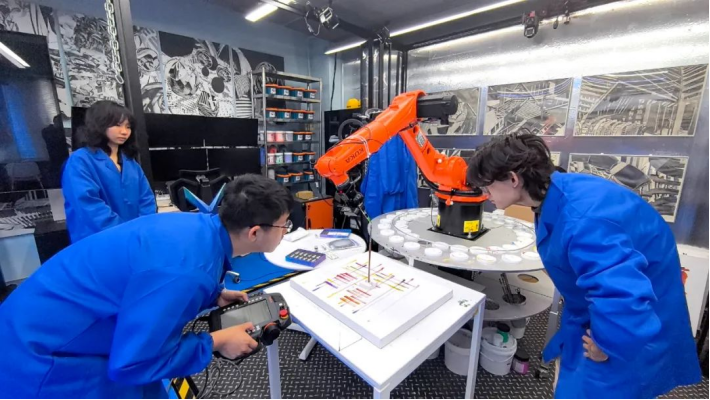
When cutting-edge technology meets art, what kind of spark will be ignited? Professor Yu Xingze has long adopted a mechanical arm as a teaching tool. Besides the mechanical arm, his lab is equipped with advanced devices and platforms such as EEG sensors, 3D printers, and motion capture systems, available for every student to use. By fully utilizing artificial intelligence and digital application technology, he stimulates and assists students' creative thinking, helping them better adapt to the rapid development of the era.
Meanwhile, Professor Yu's lab is also one of China's earliest artificial intelligence and art labs.
Sun Yuqi, a 2023 undergraduate from the College of Design and Innovation, said, Before taking Professor Yu's class, I thought it would be a pure sketching course. Unexpectedly, after attending the class, I found that painting can also be done using a mechanical arm. We provide creativity and inspiration through EEG sensors, and the mechanical arm can easily paint after receiving the 'command' from the EEG. This was shocking and inspiring, completely broadening my horizons.

Professor Yu said that in his classroom, even beginners with no foundation can grow into creative masters. He respects each student's personality and differences, inviting professors from engineering and liberal arts departments within the university, as well as external experts, to participate in the entire curriculum design. This helps students break through the constraints of painting skills and, through interesting and high-quality courses, enables them to create infinite possibilities in the future.
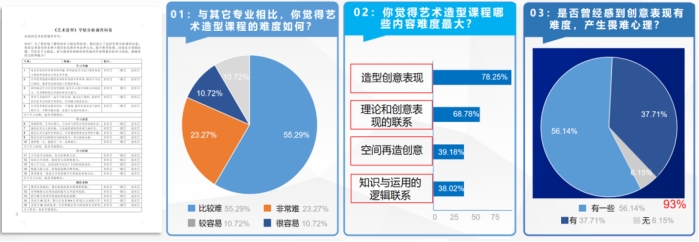
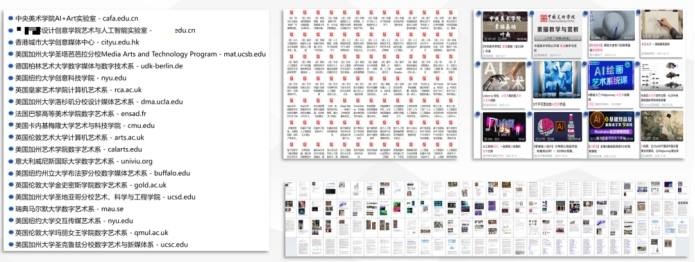
Not only do students have coursework, but Professor Yu also has assignments. He conducts detailed surveys to understand students' opinions and suggestions about the Artistic Modeling course in real-time, shares rich learning materials with students, and has established an online learning platform and interactive community to facilitate students' learning anytime and anywhere, as well as sharing, exchanging, and discussing with the teacher, enhancing their learning ability and interest.
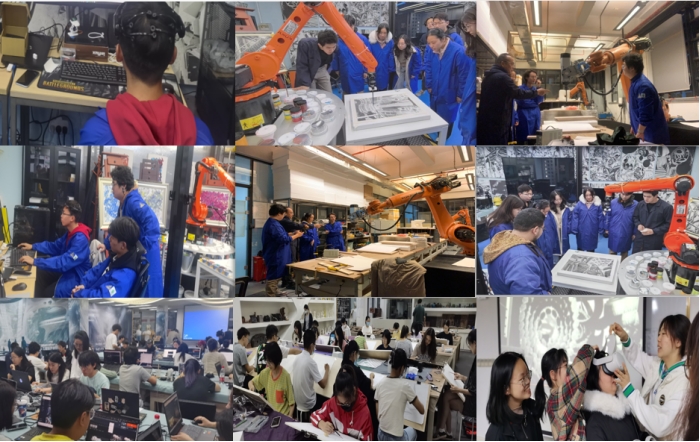
Professor Yu always emphasizes to us the importance of integrating the profound Chinese culture into our imagination and works. Only what is national can be international. We should use technology to empower the inheritance and development of culture, which has greatly inspired me, said Wen Yiting, a 2023 undergraduate from the College of Architecture and Urban Planning.
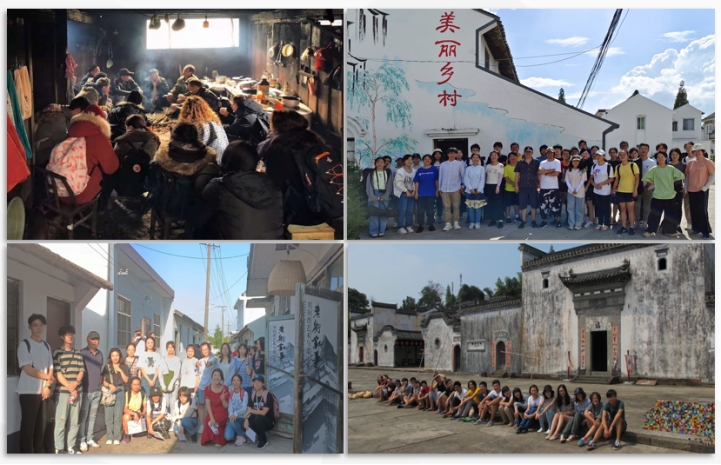
Beyond the Artistic Modeling course, Professor Yu encourages students to actively participate in social practice. He leads students to participate in the Beautiful China Villages social practice project, believing that only through personal involvement in rural artistic creation can students better develop a sense of social responsibility and contribute to society. Bringing the classroom to the countryside and integrating classroom knowledge with practice is something Professor Yu has been advocating for years. He believes that works created in this way are warmer, more grounded, and more touching.
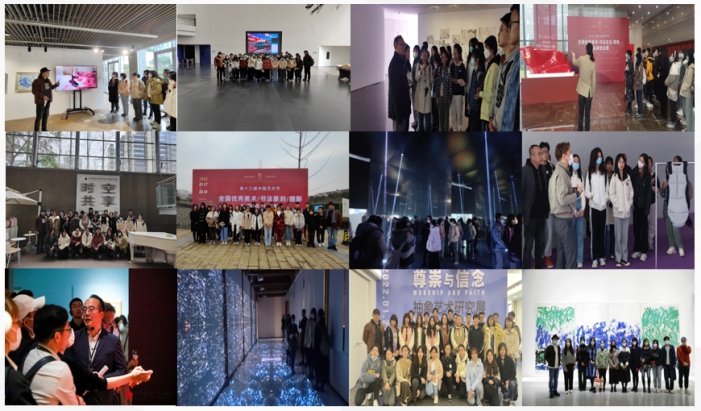
Moreover, Professor Yu often brings the classroom to museums, art galleries, and other locations, allowing students to explore the world through walking classrooms.
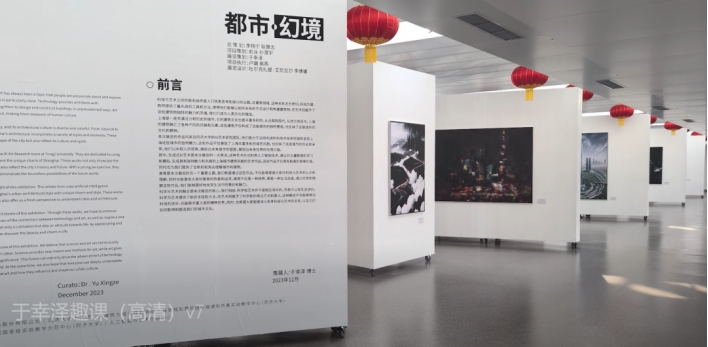
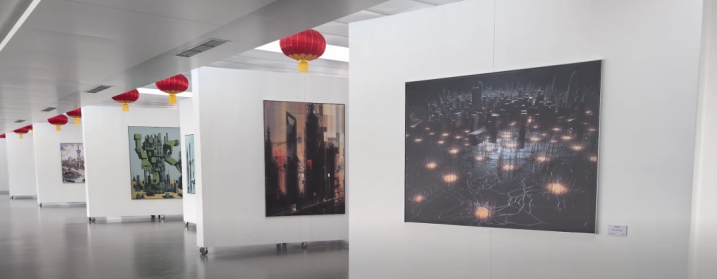
Students' coursework is also exhibited in places such as Shanghai Pudong International Airport, showcasing their accomplishments.


More than half of the students' works have achieved excellent results in various domestic and international competitions, yielding fruitful outcomes.
Recently, the Artistic Modeling course won the Special Award in the 4th Shanghai Municipal Teaching Innovation Competition for College Teachers. Congratulations to Professor Yu!
Students commented, Professor Yu's class is really amazing!
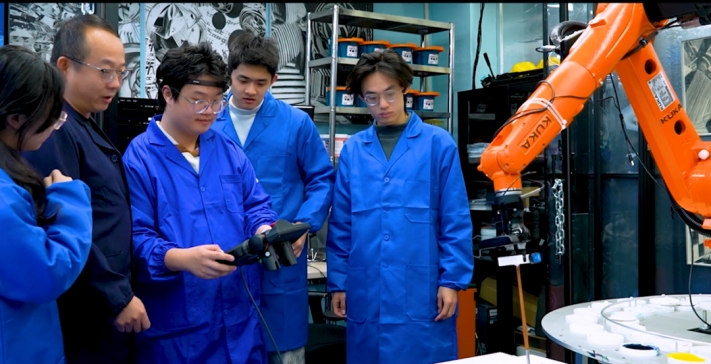
Nowadays, as artificial intelligence technology rapidly evolves, as a college teacher, Professor Yu Xingze believes that facing the profound impact of artificial intelligence on human society, it is essential to actively and skillfully utilize innovative technologies and methods brought by artificial intelligence to cultivate contemporary college students with basic artificial intelligence literacy. Striving to accelerate educational innovation in the context of new productive forces is the responsibility of college teachers.
The Artistic Modeling course embraces the concept of integration of artificial intelligence and art, adopting a six-cross fusion method that encompasses interdisciplinary, cross-professional, cross-objective, cross-methodological, cross-domain, and cross-temporal and spatial approaches. This diversified and interactive teaching method provides a solid foundation for cultivating composite talents with innovative spirit and practical abilities. It is hoped that more young people will become leaders in the intelligent era in the future.
 ABOUT US
ABOUT US




